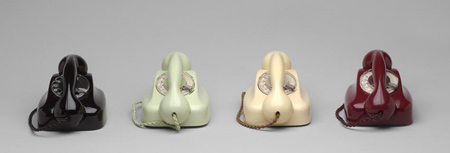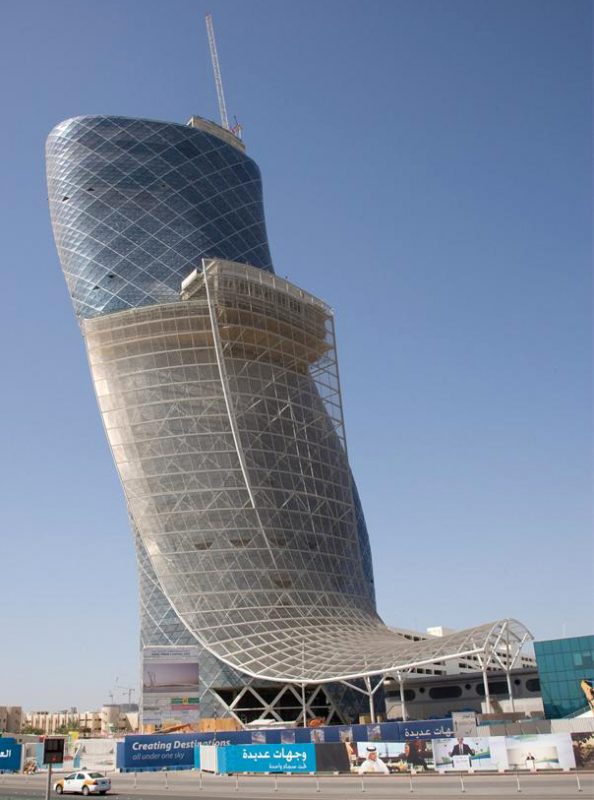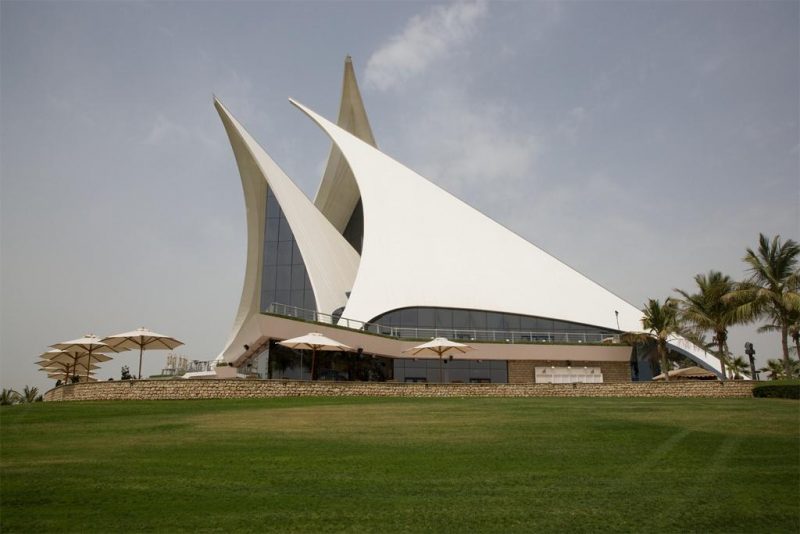
Siemens & Halske A.G., Munich, (Manufacturer), Telephone, 1955. Image and data from: The Museum of Modern Art
The initial entry of our new Focus series presents a chronicle of the telephone using some of the numerous collections in the Artstor Digital Library that center on history.



































